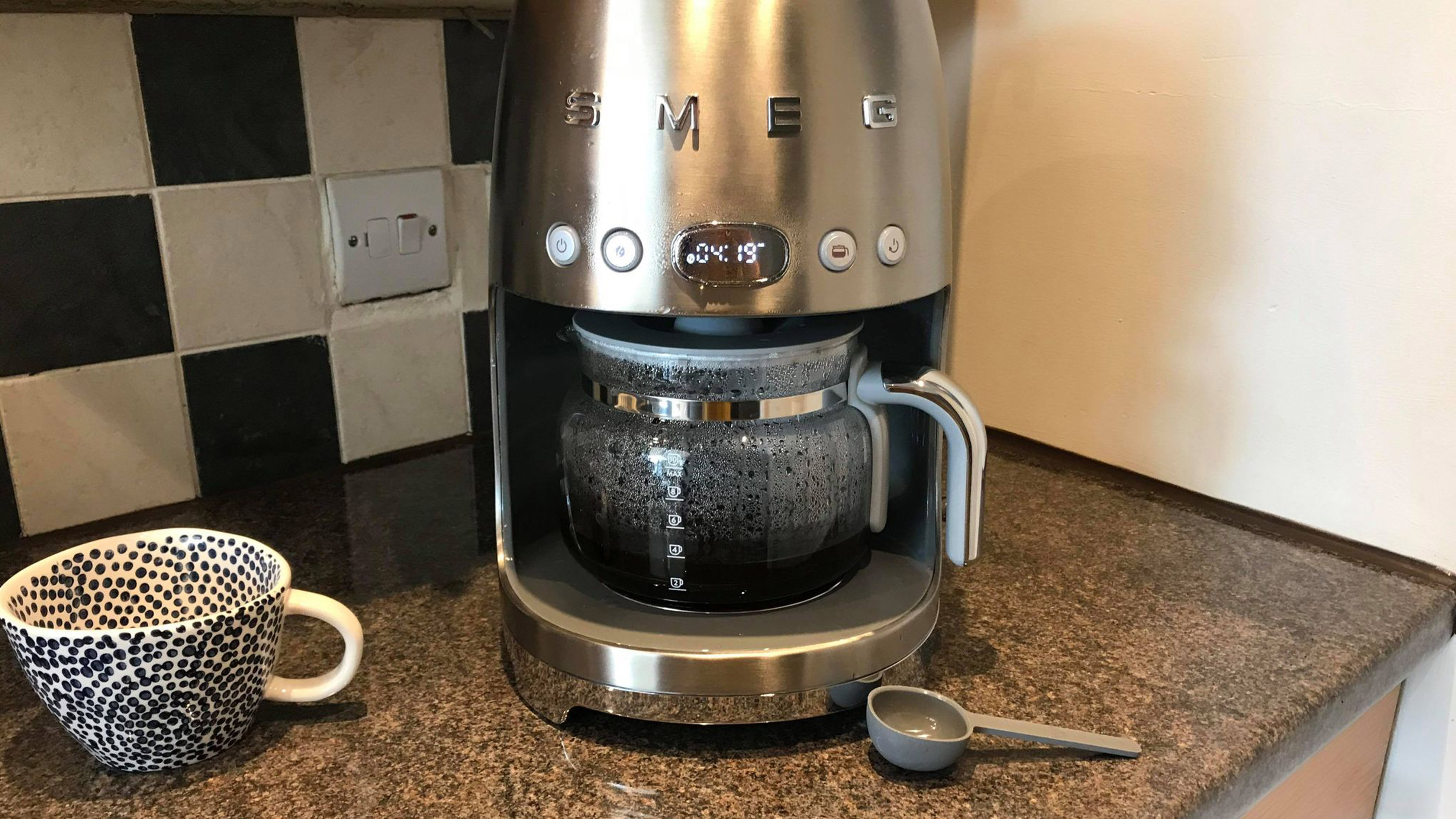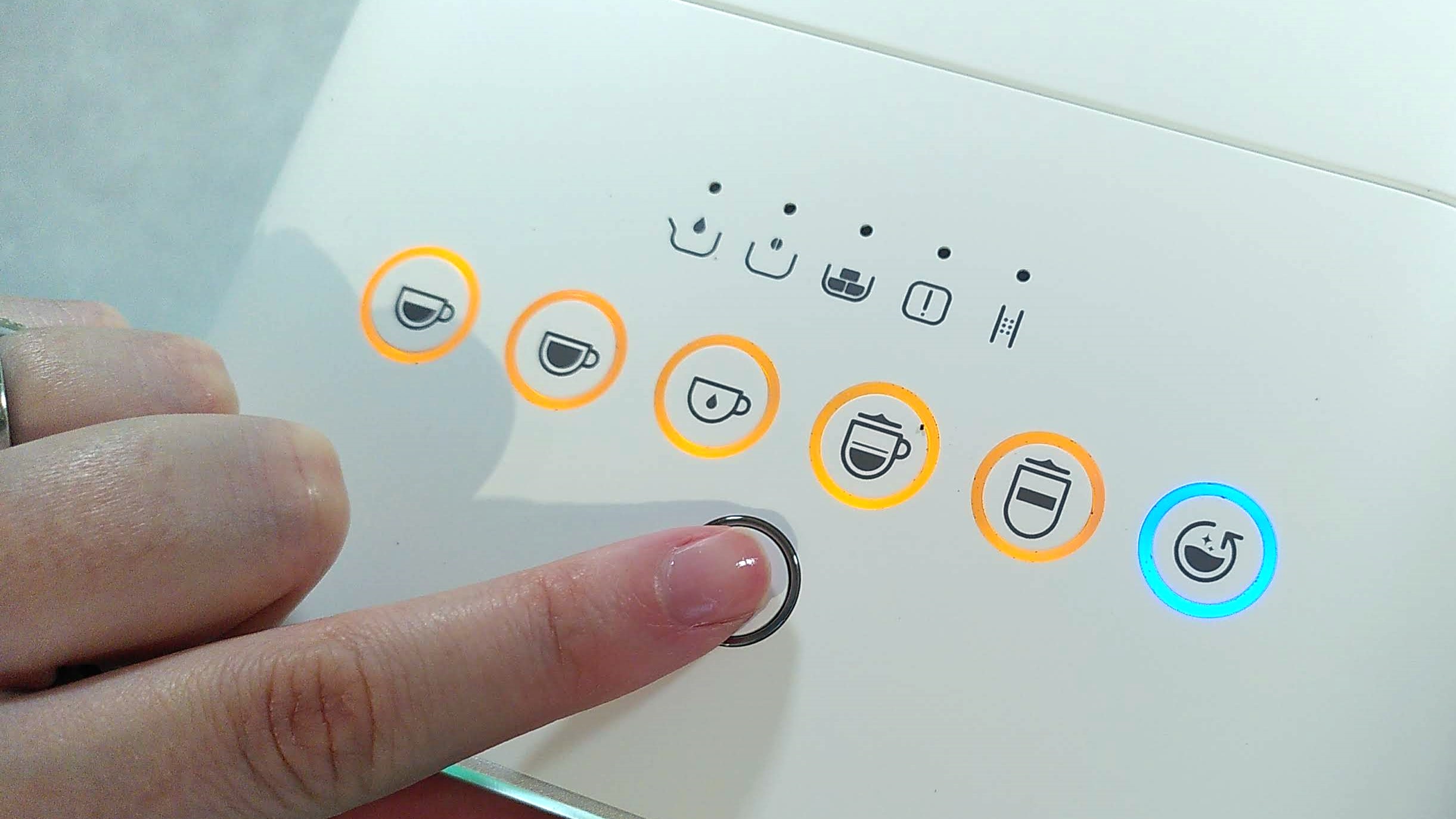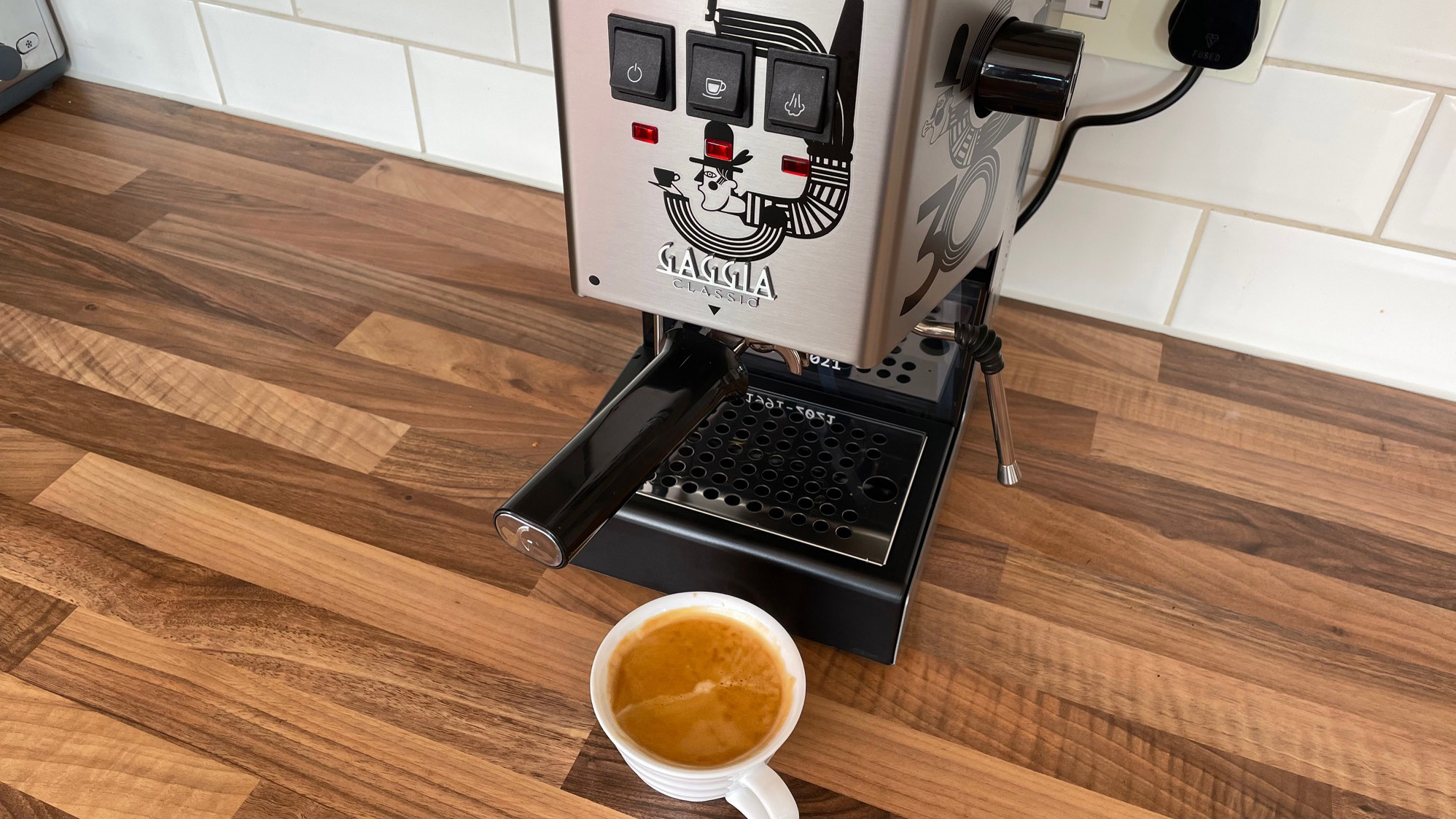
Black Friday is a great time to pick up a new coffee maker, but with so many on offer, making a choice can become overwhelming. Here at TechRadar, we're hand-picking all of this year's best Black Friday coffee maker deals, Black Friday espresso machine deals, and Black Friday Nespresso deals; but it's helpful to go in with an idea of exactly what you want before you start browsing.
With that in mind, we're assuming that you're looking for an electric coffee machine. If you just want to make a single serving drip coffee as easily as possible, then a basic moka pot for espresso, or a plastic V60 coffee dripper for pour-over coffee will do the job just fine.
1. What type of coffee do you like?
There are two main types of coffee machine to consider: drip (or pour-over) and espresso. The best drip coffee makers are quite simple – they heat water and pour it over your ground coffee, after which the brewed coffee drips into a jug or carafe. Depending on which machine you choose, the jug may sit on a hotplate that keeps the drink warm until you're ready to consume it – although bear in mind that its flavor profile will change if it's kept on the warmer for a long time.
Some drip coffee makers, such as the Smeg Drip Filter Coffee Machine, have a timer so you can fill the coffee grounds and water before going to bed, and wake up to a pot of freshly brewed coffee. Others, such as the Moccamaster KBGV Select and Cuisinart Grind & Brew have built-in grinders, and are well worth considering if you're short on space, or don't have a standalone grinder, but want to get the best possible flavor from your beans (the flavor compounds begin to break down within an hour of grinding).

If you prefer espresso drinks (including plain espresso, americanos, lattes, flat whites, and cappuccinos) then you'll want one of the best espresso machines. Unlike drip coffee makers, these force heated water through ground beans at high pressure, producing a concentrated shot of coffee.
There are several types of machine available, and which one you pick will depend on how hands-on you want to get.
2. Do you want to get hands-on?
So you like espresso – great! Now, how much work do you want to do? There are three main types of espresso machine: automatic, semi-automatic, and manual, each of which requires a different degree of input from you.
Get daily insight, inspiration and deals in your inbox
Sign up for breaking news, reviews, opinion, top tech deals, and more.
If you want to keep things as easy as possible, the best bean-to-cup coffee machines handle the whole process from start to finish. Most of these are fully automatic, which means they weigh and grind the coffee beans, tamp the grounds, heat the water, and force it through the beans at a particular pressure, for a specific period of time. Some (such as the Smeg BCC13) feature physical buttons that let you choose different espresso drink presets, while others (such as the KitchenAid KF8) have touchscreens and let you configure factors such as the strength and volume of your drink.

Some fully automatic espresso machines have an auto milk frother, which forces steam through milk to create foam that's poured into your cup with your coffee for lattes and cappuccinos. Most machines dispense the milk first then pour the espresso through it, but some (such as the KitchenAid KF8) give you the option of pouring the milk second, so that the resulting drink doesn't end up with a brown spot in the middle.
Fully manual espresso machines (such as the Gaggia Classic) give you the barista experience. You'll need to grind the beans yourself (selecting the right grind size for the flavor profile you prefer), tamp them down to ensure water flows through them evenly, start the boiler, pull the shot, and decide when to stop the water. A manual machine may include a grinder, or you might need a separate one. Some people enjoy the process, finding it meditative, whereas others don't want the hassle.

Manual espresso machines often have a steam wand, which you use to heat and aerate milk in a pitcher. Technique is important here, but once you've got the knack, you'll be able to produce silky foam with the texture of emulsion paint, which you can use to create latte art (provided you have the time and patience to practice).
Semi-automatic espresso machines, as the name suggests, sit somewhere in the middle. They may weigh and grind the beans for you, but require you to tamp the puck and insert the portafilter into the group set. They may have an auto milk frother, a manual steam wand, or nothing at all.
Finally, there are capsule-based coffee makers such as the best Nespresso machines. These use pods of ready-ground coffee, which the machine pierces and forces water through at high pressure. You don't have to worry about grinding or weighing beans, making the whole process less messy; but you can't customize your drink to great lengths and there's a waste pod to dispose of every time.
3. What's your budget?
Coffee makers vary hugely in price, so it's good to know what you'll be able to get for your money.
If you want to make espresso, automatic bean-to-cup coffee machines are the most expensive, often costing between $1,000 / £800 / AU$1,500 and $2,000 / £1,600 / AU$3,000. Semi-automatic coffee makers are often slightly cheaper, but manual machines are the most affordable way to make espresso. The De'Longhi Dedica Style EC685 is an excellent manual machine that has a list price of $349.95 / £199.99 / AU$399, and can often be found even cheaper.
Drip coffee makers usually cost significantly less, even if you opt for a premium model. The 60s-style Smeg Drip Filter Coffee Machine has a list price of $199.95 / £179 (about AU$300), and the KitchenAid Classic 5KCM1208 is $109.99 / £119 (about AU$170).

Cat is TechRadar's Homes Editor specializing in kitchen appliances and smart home technology. She's been a tech journalist for 15 years, having worked on print magazines including PC Plus and PC Format, and is a Speciality Coffee Association (SCA) certified barista. Whether you want to invest in some smart lights or pick up a new espresso machine, she's the right person to help.